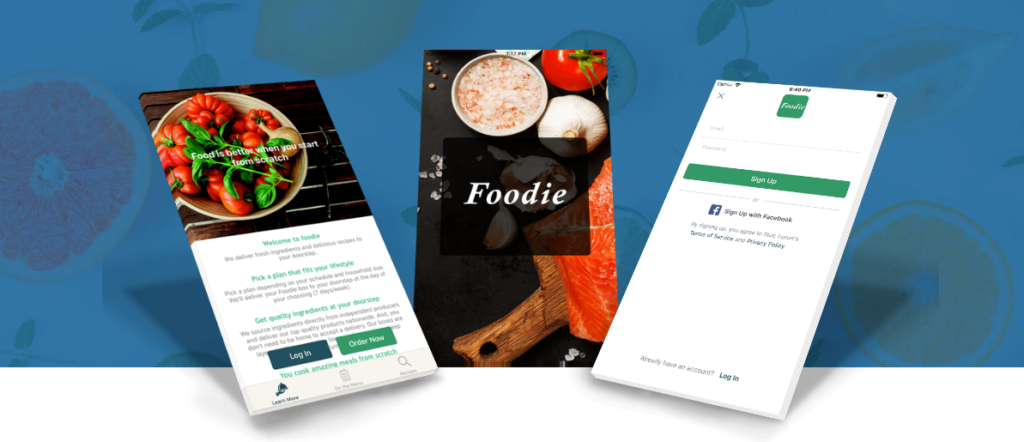

Also in 2008, the National Toxicology Program Center for the Evaluation of Risks to Human Reproduction, part of the National Institutes of Health, released the Monograph on the Potential Human Reproductive and Developmental Effects of Bisphenol A.īy 2009, FDA released reassessments of studies cited in the NTP Monograph in addition to other relevant studies that became available after the Monograph’s release. This draft assessment was reviewed by a Subcommittee of FDA’s Science Board, which released its report at the end of October 2008. In 2008 FDA released a document titled Draft Assessment of Bisphenol A for Use in Food Contact Applications. The original approvals for BPA were issued under FDA’s food additive regulations and date from the 1960s.

FDA can make regulatory changes based on new safety or usage information.

Uses of all substances that migrate from packaging into food, including BPA, are subject to premarket approval by FDA as indirect food additives or food contact substances. BPA is also found in epoxy resins, which act as a protective lining on the inside of some metal-based food and beverage cans. As a result, FDA amended its food additive regulations to no longer provide for these uses of BPA.īPA is an industrial chemical used to make polycarbonate, a hard, clear plastic, which is used in many consumer products. Recently, FDA granted two petitions requesting that FDA amend its food additive regulations to no longer provide for the use of certain BPA-based materials in baby bottles, sippy cups, and infant formula packaging because these uses have been abandoned. FDA can take this action on its own initiative or in response to a food additive petition that demonstrates that a use of a food additive has been permanently and completely abandoned. On the regulatory front, FDA’s regulations authorize FDA to amend its food additive regulations to reflect when certain uses of an additive have been abandoned. To address these questions the National Toxicology Program, partnering with FDA’s National Center for Toxicological Research is carrying out in-depth studies to answer key questions and clarify uncertainties about BPA. Some of these studies have raised questions about the safety of ingesting the low levels of BPA that can migrate into food from food contact materials. As a result, many exploratory scientific studies have appeared in the public literature.

Heightened interest in the safe use of BPA in food packaging has resulted in increased public awareness as well as scientific interest. As part of its premarket review of food packaging materials, FDA’s food contact regulations and food contact notification program assesses the likely migration from the packaging material to assure that any migration to food occurs at safe levels. BPA has been used in food packaging since the 1960s.Īs is the case when foods are in direct contact with any packaging material, small, measurable amounts of the packaging materials may migrate into food and can be consumed with it. It is also a component in metal can coatings, which protect the food from directly contacting metal surfaces. Overview of BPA Usage in Food Contact ApplicationsīPA is a structural component in polycarbonate beverage bottles. Based on FDA’s ongoing safety review of scientific evidence, the available information continues to support the safety of BPA for the currently approved uses in food containers and packaging. Summary of FDA’s Current Perspective on BPA in Food Contact ApplicationsįDA’s current perspective, based on its most recent safety assessment, is that BPA is safe at the current levels occurring in foods.
#FOODIE APP UPDATE#
Update on Bisphenol A (BPA) for Use in Food Contact Applications


 0 kommentar(er)
0 kommentar(er)
